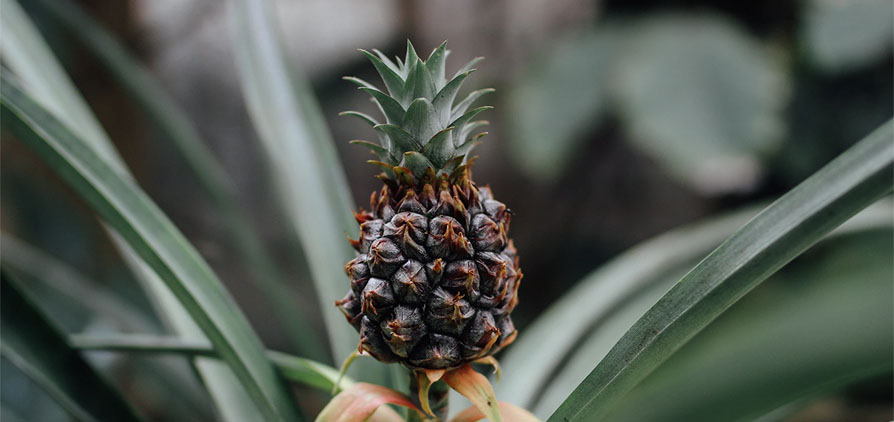Bioenergy
Biomass currently provides some 10% of the world’s primary energy, and is the largest renewable energy source. Its contribution grew by 9.3% from 2010 to 2014 according to the International Energy Agency (while total primary energy use grew 5.8%) and growth is expected to continue. According to the IEA’s ‘New Policies’ scenario, in 2040 biomass will provide 34% more energy than in 2014 (63% more in the ultra-green ‘450’ scenario).
Currently, 60% is still ‘traditional biomass’, but other sources are increasing rapidly. The main challenges facing the bioenergy industry are to aim for sustainability and efficiency of energy production while ensuring that the whole life cycle has a low carbon footprint and avoids negative impacts on food production or ecosystem services.
The attractions of biomass as a source of energy are that it can be produced in many regions, can be converted into high-energy solid, liquid or gaseous forms, and – most importantly – has the potential to be carbon neutral (or even carbon negative). In practice, ensuring anything approaching carbon neutrality is a major challenge. Furthermore, sustainable production requires understanding the impact of bioenergy production on soil and water quality and biodiversity, as well as avoiding competition between bioenergy crops and land required for food production.
Research in Oxford

Research designed to improve the efficiency and sustainability of the production and transformation of biomass and the use of bioenergy, while understanding their impacts, is of major importance. Work in Oxford addresses aspects of all these issues.
Biomass production
Oxford Plant Scientists are contributing to the development of bioenergy crops with efficient photosynthesis and water-use. Some plants, such as agave, are naturally adapted to growth in hot, arid conditions and have developed an efficient form of photosynthesis known as crassulacean acid metabolism (CAM). CAM plants can also be cultivated on marginal lands, where conventional crops won’t grow. A life-cycle analysis has shown that CAM plants could provide a biomass feedstock superior to sugarcane, corn and switchgrass in terms of energy and greenhouse gas balances.
There is considerable research effort in investigating plant growth and the fundamental mechanisms that plants use to cope with stresses – notably drought and salinity. This knowledge is being used to develop strategies to enhance crop yield in suboptimal environments. One study focuses on the huge potential to improve cassava, which is a major source of dietary calories in Africa and a biofuel crop, and tailor its use for a variety of processes.
Engineering solutions are being developed for growing aquatic plants in arid regions with high sunlight, where water availability is a constraining factor for the production of biomass. Growing biomass in semi-sealed systems with dilute CO2 has been demonstrated at microcosm and mesocosm scales to reduce water requirements by over 99% compared to conventional systems. This research has the potential to dramatically reduce water requirements and increase land availability for the production of biomass for biofuels.
Biomass conversion
Both crop waste, which is a major underutilized resource around the globe, and crop biomass can be used to make biogas, and thus renewable electricity, with the potential to deliver global greenhouse gas savings of the order of 1 billion tonnes per annum (some 3% of the current total). Research is underway aimed at dramatically reducing the cost of converting agricultural wastes to electricity through Anaerobic Digestion, thereby making the technology much more economic at smaller scales than at present.
Anaerobic Digestion’s potential for storing energy in the form of gas is particularly relevant to the huge worldwide emerging market for mini-grids that will provide power to people off-grid or in areas with weak grids, as well as helping stabilize national grids. Research in Oxford aims to develop power management systems that allow ‘plug-and-play’ connectivity of multiple intermittent renewable sources with biogas to enable reliable power to be delivered simply and cheaply from a mix of resources – off- or on-grid.
While grid solutions will be important, liquid biofuels will play an important role in the energy economy. Work in Oxford addresses the costs and performance of biomass as a valuable source of liquid fuels, particularly ethanol. The focus is on the cost of separating water and ethanol; the liquid-phase stability of ethanol/water/gasoline mixtures; and optimising the combustion performance of aqueous ethanol/gasoline mixes in spark ignition engines.
Technologies that convert biomass to useful energy are limited in number and expensive, and the energy produced is often not in the most useful or valuable form. Oxford chemists are investigating the development of new generation, cheap, robust and high-performance catalysts for the production of methane and hydrogen
Artificial photosynthesis aims to convert sunlight into usable energy. It uses similar technology to photovoltaic cells (see Solar), but directs electrons to the production of fuels (energy storage). Oxford chemists are engineering enzymes to optimise an electro-catalyst for high rates and efficiency.
Ecological and social impacts of biofuel production
Research on tropical biodiversity aims to explain how plant biodiversity is structured within high-biodiversity hotspots being used to grow biofuel crops. This research has had impacts on policy, such as identifying high-priority conservation targets.
Assessments of biofuels’ impacts aim to understand how different biofuel landscapes provide, divert, displace and degrade multiple ecosystem services and affect human well-being. Tools are being developed for the rapid assessment and visualization of these trade-offs. Ongoing biofuel studies include work in Mozambique/Malawi (jatropha-based biofuels) and Brazil (sugarcane bioethanol).
Oxford researchers are investigating the subsidies and carbon footprints of biofuel supply chains. The best transport modes for moving biomass in the UK are being examined, and the enormous challenge of providing the infrastructure required to meet the UK’s 2020 renewables targets has been quantified.
Bioenergy production can impact on traditional agriculture, so achieving a balance between the two will be critical in the next 40 years, during which food insecurity is expected to increase. Oxford has extensive expertise in food security and land use, including food systems thinking, which will be used to predict optimal strategies for cultivation of bioenergy crops to avoid competition with food production.


